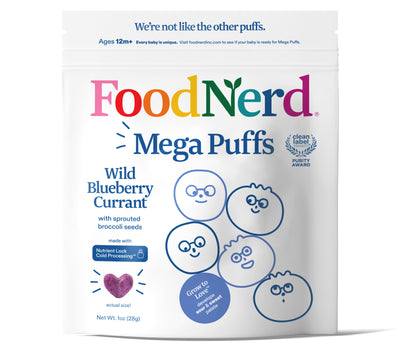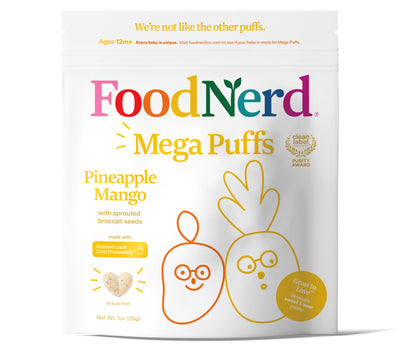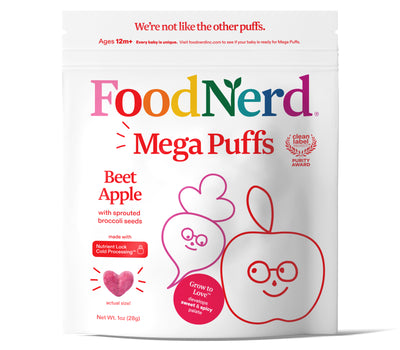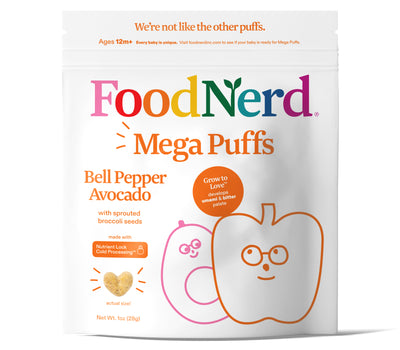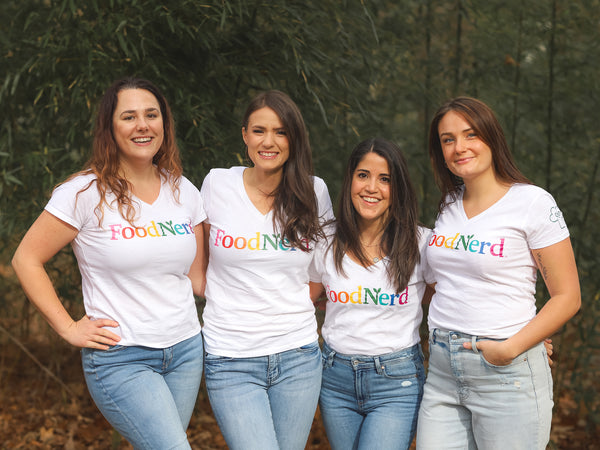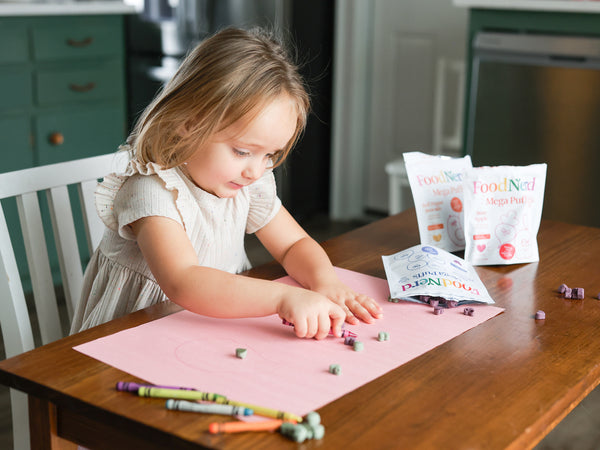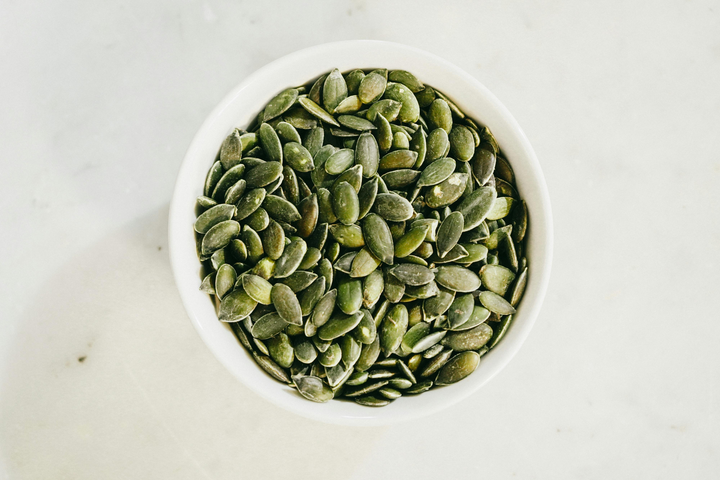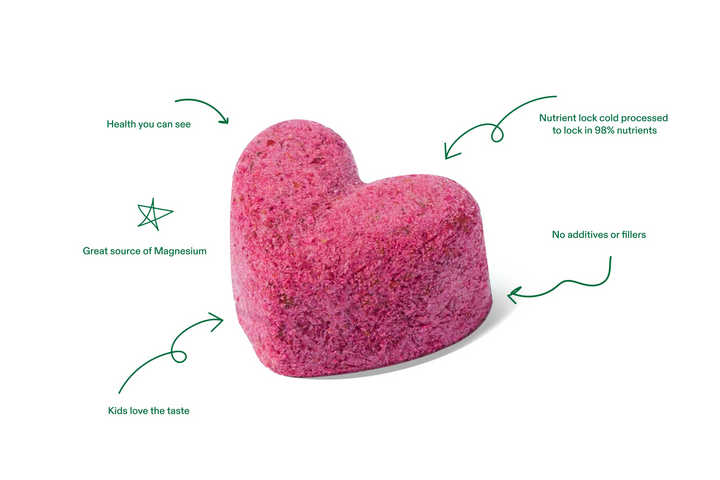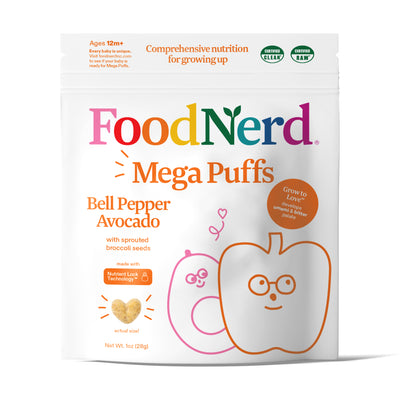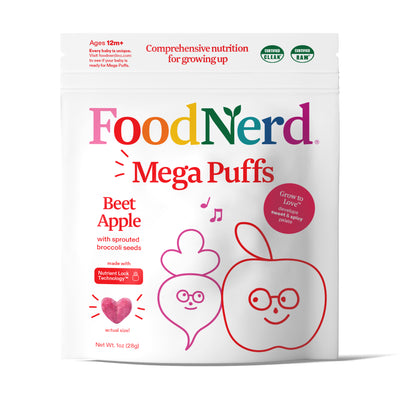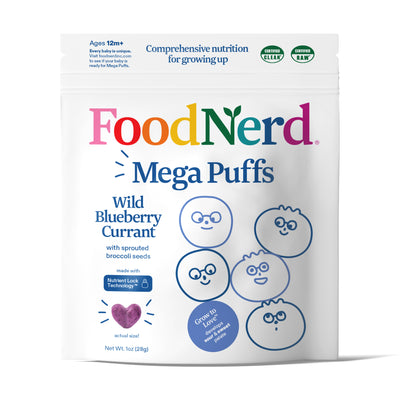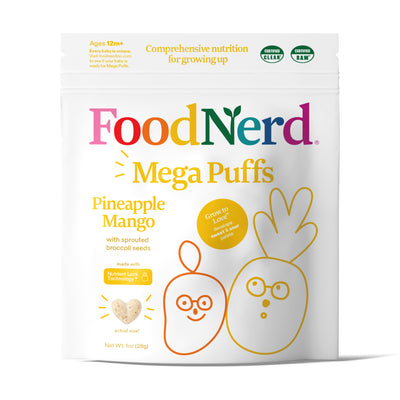The air is crisp, the leaves are crunching, and jack-o’-lanterns are starting to glow on porches. It’s the time of year when grocery aisles fill with cobwebs, skeletons, and rows of neon-colored treats that seem to multiply overnight. Halloween may only last one day, but if you peek at the average pantry, you might notice that the “treats” stick around well beyond October 31st, they are just a little less obvious.
Most of us don’t need a haunted house to give us chills. A quick look at the ingredient lists on everyday foods will do the trick: added sugars tucked into flavored bites, shelf-stable snacks with long, hard-to-pronounce additives, or breakfast cereals that could rival candy in sweetness. The real twist? These foods aren’t occasional extras anymore; they’re quietly becoming the backbone of many people’s diets.
Before you picture a pantry purge, take a breath. This isn’t a story of fear! This is one of awareness and doable shifts. So, in the Halloween spirit, let’s shine a flashlight on a few “spooky” facts about ultra-processed foods and why our gut, brain, and growing kids might appreciate a little less of them.
The Real Trick
Over the last few decades, ultra-processed foods (UPFs) have gone from the occasional convenience item to a major dietary player. In the U.S., more than half of the average person’s daily calories now come from UPFs and for children, the percentage is even higher. These foods are engineered for shelf life, palatability, and convenience, which makes them easy to love and even easier to rely on.
What’s considered “ultra-processed”? The NOVA classification system defines it as foods that have undergone multiple industrial processes and typically contain additives like flavors, colors, emulsifiers, or stabilizers, think packaged desserts, sugary drinks, many breakfast cereals, and ready-to-heat meals. Not every processed food is “bad” (frozen vegetables and canned beans are fantastic staples), but ultra-processed items tend to be further removed from their original ingredients and often bring along a cocktail of extras our bodies weren’t necessarily designed to handle daily.
Added Sugars Hiding in Disguise
If there were a classic Halloween villain in the food world, it might just be added sugar. Many people think of sugar only in terms of candy, soda, or dessert, but added sugars hide in places you might not expect: sauces, flavored yogurts, granola bars, cereals, and even some breads.
The FDA’s Daily Value for added sugar is 50 grams per day for adults. Yet many children and adults routinely eat way more through everyday foods, without even realizing it. The effect is grows as you add foods throughout the day. Maybe it's a flavored cereal at breakfast, a juice box at lunch, a packaged snack after school, and dessert after dinner can easily surpass daily recommendations before you even unwrap a single Halloween candy.
When Your Gut Gets Spooked
One of the most fascinating (and fast-evolving) areas of nutrition science looks at how certain food additives interact with the gut microbiome — the trillions of “things” living in our stomach and intestines that support digestion, immunity, and even mood.
Some commonly used additives like emulsifiers, thickeners, and non-nutritive sweeteners have been shown to shift the balance in your and your kiddo’s tummy in a way that may promote inflammation or change metabolism. That doesn’t mean eating something with an additive will instantly “ruin” your gut, but it does raise thoughtful questions about what happens when these ingredients are consumed in large amounts, day after day. It’s less about the occasional convenience item and more about the pattern over time.
Another Trick? Full… But Still Malnourished
Ultra-processed foods are typically energy-dense and nutrient-light. In other words, they’re rich in calories (mostly from added fats and sugars) but often low in vitamins, minerals, phytonutrients, and fiber. It’s entirely possible to feel full but still have not eaten “anything.”
This gap matters. Micronutrients and phytonutrients play critical roles in growth, brain development, immune function, and long-term disease prevention. When UPFs edge out whole fruits, vegetables, legumes, and whole grains, they can leave a silent deficit that isn’t always obvious day to day but builds over time.

The Long View, without the Doom!
Studies have consistently found associations between higher intakes of ultra-processed foods and higher risks of heart disease, metabolic syndrome, some cancers, and overall mortality. These are population-level trends, not immediate cause-and-effect relationships. We promise, your granola bar isn’t going to give you heart disease tomorrow.
But the pattern is clear: when UPFs make up the bulk of the diet, they displace nutrient-dense whole foods and increase exposure to added sugars, refined starches, and certain additives. Over time, that combination can nudge chronic disease risk upward.
Practical Magic
Realistic Swaps and Halloween-Friendly Alternatives
This isn’t about cutting out every treat or spooking you away from convenience. It’s about choosing better options where we can and making small, sustainable shifts that add up. Here are a few practical swaps:
- Yogurt: Choose plain non-dairy yogurt and sweeten it naturally with mashed fruit, cinnamon, or a drizzle of honey instead of relying on high-sugar flavored versions.
- Snacks: Try popcorn tossed with nutritional yeast or spices instead of pre-flavored microwave bags.
- Drinks: Offer infused water with cucumber, lemon, or berries instead of sugar-sweetened beverages
And if you’re looking for some festive, less-sugary Halloween ideas:
- Goblin Green Smoothie — Blend spinach, banana, plain yogurt or milk, and a spoonful of nut butter. It’s sweet, creamy, and kid-approved.
- Mini Pumpkin Oat Bites — Combine oats, mashed banana, pumpkin purée, and cinnamon. Bake for 10–12 minutes for a quick, portable snack.
- Yogurt “Graveyard” Parfait — Layer plain yogurt, mashed berries, and crushed toasted oats or millet for texture, topped with a few dark chocolate chips for fun.
- Or you can check out our 5 Halloween candy Alternative blogs for even more ideas! Small swaps like these help tip the balance back toward nutrient-rich, minimally processed foods without asking families to overhaul their entire routine overnight.
Where Foodnerd Fits In
At Foodnerd, we’ve always believed real food shouldn’t be the inconvenient choice. Our cold-processed, whole-plant products were designed to make it easy for parents to boost their kids’ nutrient intake without relying on ultra-processed shortcuts.
Each pouch is packed with whole fruits, vegetables, sprouts, and seeds, without any additives, and retains its nutrients through gentle, cold processing. Whether you’re looking to elevate lunchboxes, make smoothies more nourishing, or offer nutrient-dense snacks that kids actually like, we’re here to help.
